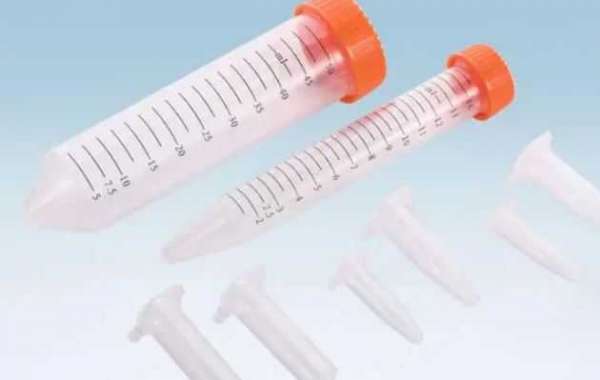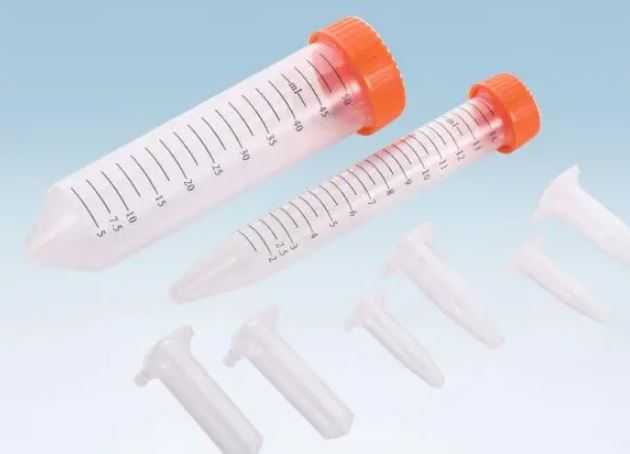Centrifuge tubes are essential lab equipment for separating mixtures through centrifugation. However, to optimize sample integrity and workflow, laboratories must select the right tubes and handle them carefully. This article provides guidance on choosing between 15 mL and 50 mL tube sizes and maintaining tubes for safe, repeated use.
Factors to Consider When Selecting 15 mL vs 50 mL Tubes
The most widely used centrifuge tube sizes are 15 mL and 50 mL. Key factors in determining which size to use include:
- Anticipated sample or reagent volume - 15 mL Centrifuge Tubes for volumes under 10mL, 50 mL for amounts 10-50mL.
- Centrifuge rotor compatibility - certain rotors only fit specific tube dimensions.
- Application - see below for common uses of each size.
Common Uses of 15 mL Centrifuge Tubes
The moderate volume of 15 mL Centrifuge Tubes makes them well-suited for many routine separations, such as:
- Isolating serum or plasma from whole blood samples
- Performing nucleic acid sample dilutions for PCR or spectroscopy
- Resuspending cell pellets after centrifugation
- Compatibility with automated liquid handling systems
Applications of 50 mL Centrifuge Tubes in the Lab
When working with larger volumes, 50 mL tubes are preferable for tasks like:
- Harvesting or lysing cultured mammalian cells
- Extracting genomic DNA from tissues
- Isolating peripheral blood mononuclear cells
Proper Care of Centrifuge Tubes
To maximize tube lifespan and prevent leakage or cross-contamination, consider these best practices:
- Thoroughly clean and dry tubes after each use.
- Avoid washing plastic tubes in hot glassware washers.
- Store sealed tubes with compatible caps to maintain seal integrity.
- Label tubes clearly before freezing to facilitate identification later.
- Replace cracked or damaged tubes to ensure sample and operator safety.
Adhering to guidelines for tube selection, use, cleaning and storage helps labs safely and efficiently use these indispensable pieces of equipment.









